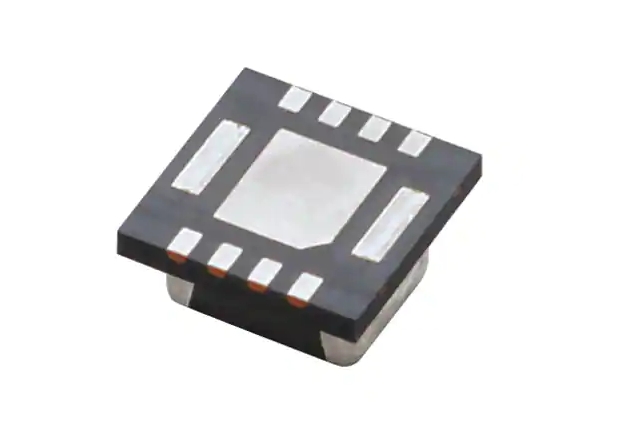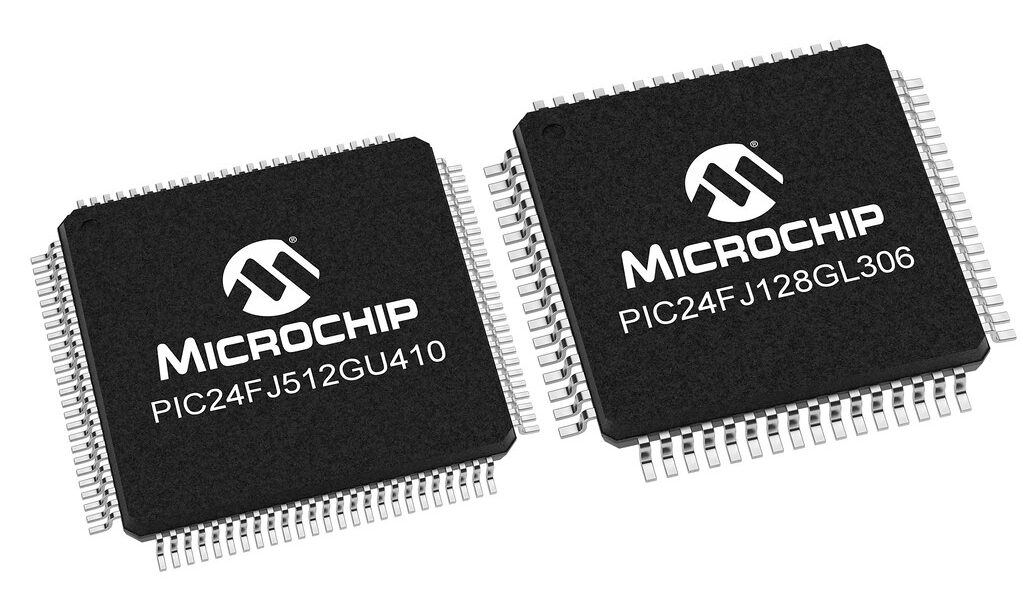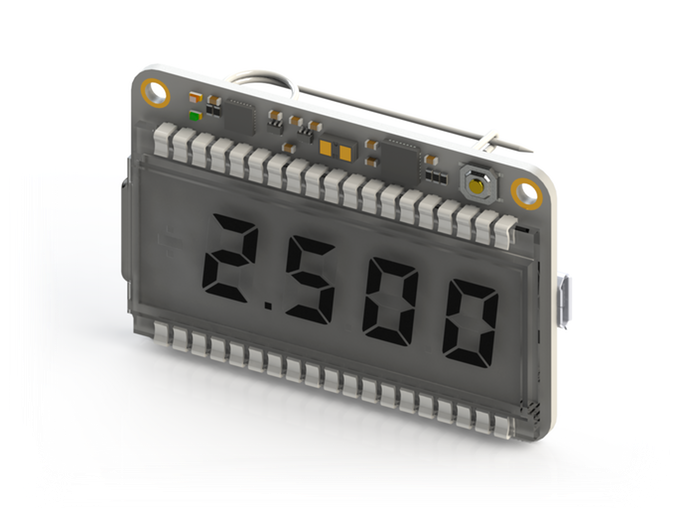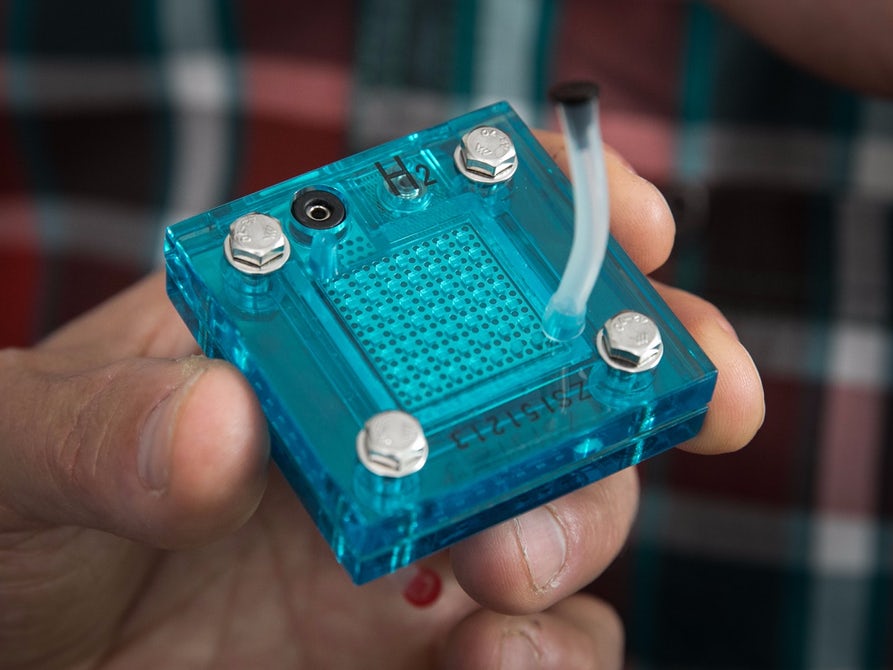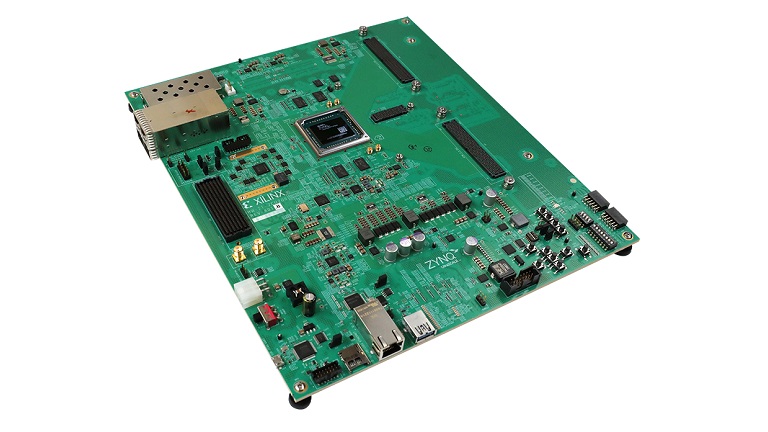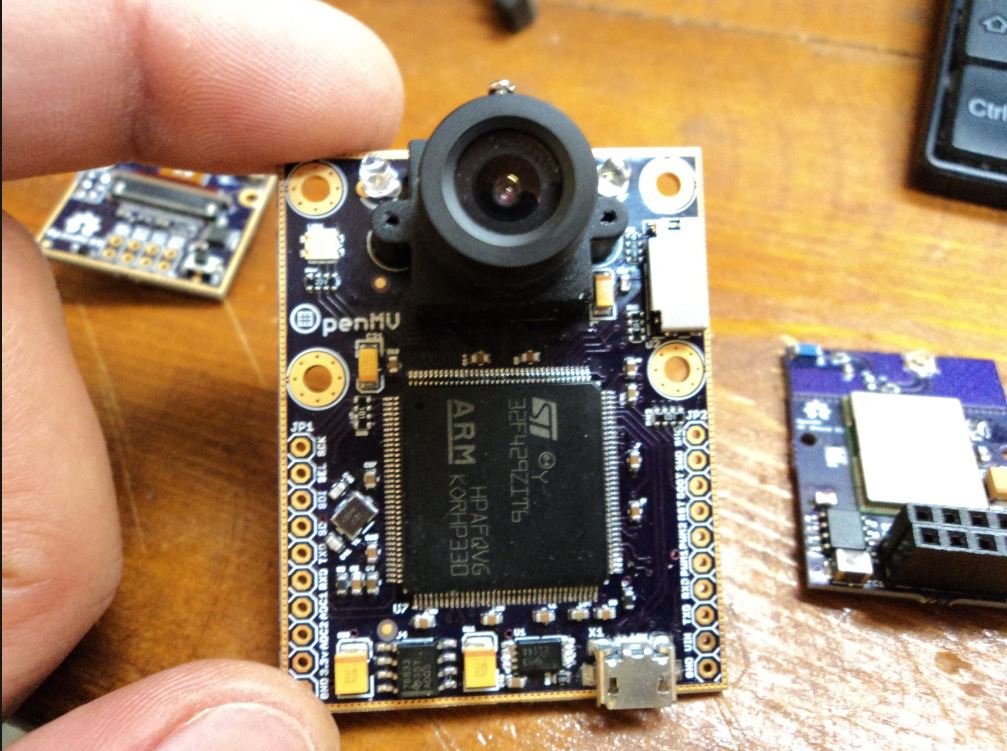
MV is the ability of a computer to see using analog to digital conversion and digital signal processing. The key characteristics that make a machine vision module better are sensitivity and resolution. These systems allow machines to see a broader spectrum of wavelengths such as x-rays, infrared or UV light. Nowadays, it is mainly used for object recognition, signature identification, material inspection, medical image analysis etc. Machine vision modules tend to be expensive which make them difficult to access for makers and hobbyists. OpenMV is a python powered machine vision module that aims at making MV accessible to beginners.
OpenMV was created by Hackaday user i.abdalkader and he worked towards making it affordable, small, open source and user friendly. It is programmable in python 3, and includes image processing libraries to make it easier. It is Based on STM32F ARM Cortex-M Digital Signal Controllers (DSCs) running at 168-216MH, and has an ATWINC1500 FCC Certified Wi-Fi module which can transmit data at up to 48Mbp. The image sensor used was a OV965x and a OV2640. Additionally, it has 512 KB of RAM and consumes 120 mA.
The libraries included give the MV the ability to detect shapes, faces, QR and barcodes, and it also has ORB key points detector, template matching with normalized cross correlation and more. The OpenMV includes I/O headers to connect shields to extend it´s capabilities. The IDE includes many features for image processing and it is based on QT creator. OpenMV has a micro SD card socket which allows for recording data, and the device measures 45 mm in length, 36 mm in width, 30 mm in height and only weights 16 g.
Few prototypes are already on pre-order for beta testing for $65 dollars on this website, they will only be selling about 10-30 of them. It has already been funded in Kickstarter with a huge success in 2015. Some applications might include drone flying, thermal/night imaging, line detection etc.
For beginners, this device could be a game changer for learning about machine vision, and creating projects. The easy to use IDE helps the user understand and code, but at the same time its open for users to modify and create as they see appropriate. The Wi-Fi module expands the capabilities and possibilities for using it, and the fast USB computer communication makes the device easy to work with. For an advanced use it has a long way to go, which includes improvements in image detection and analysis. The complete version is still not on sale, and a date has not been announced, but the project keeps being improved to provide users with a completely functional device and IDE.





